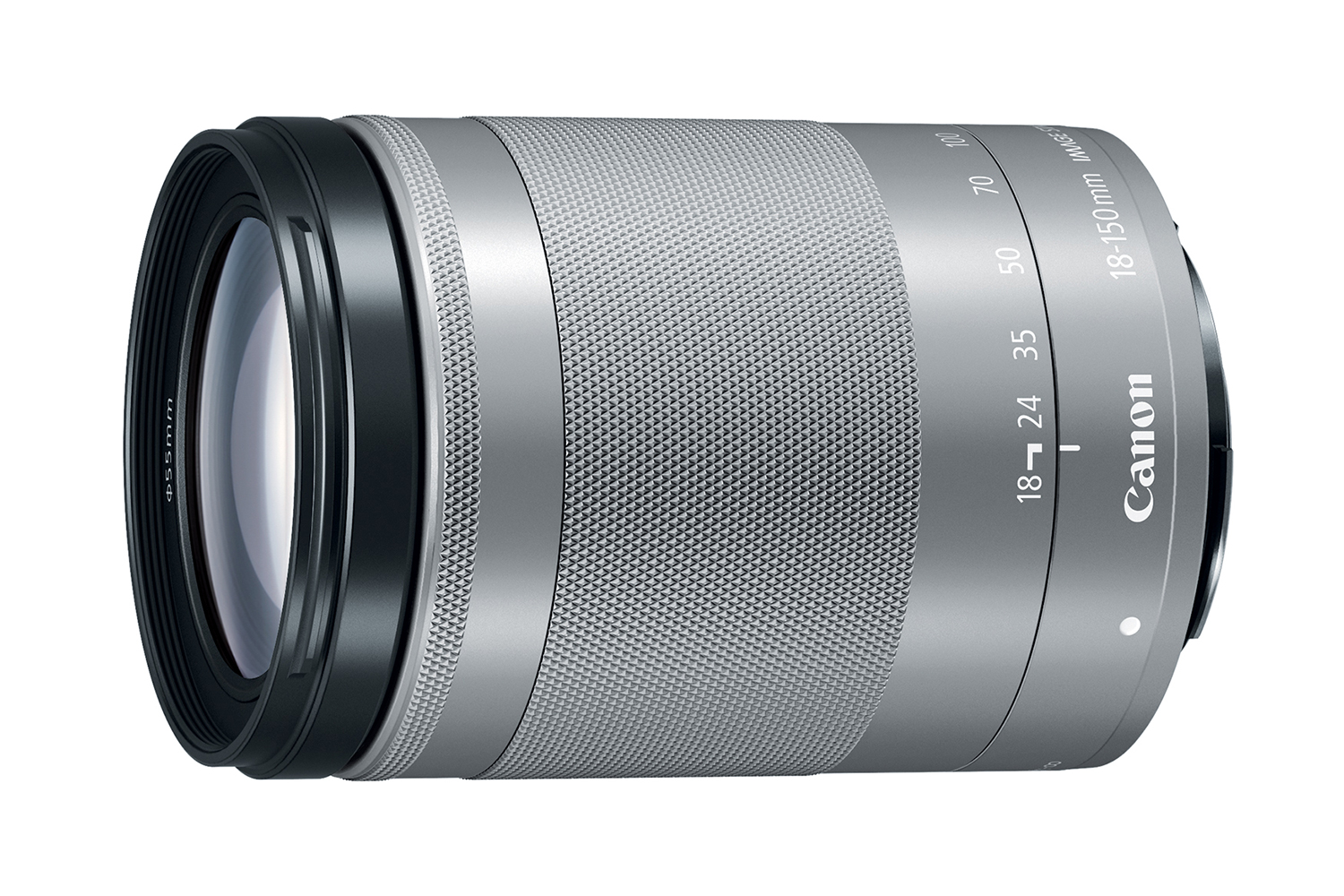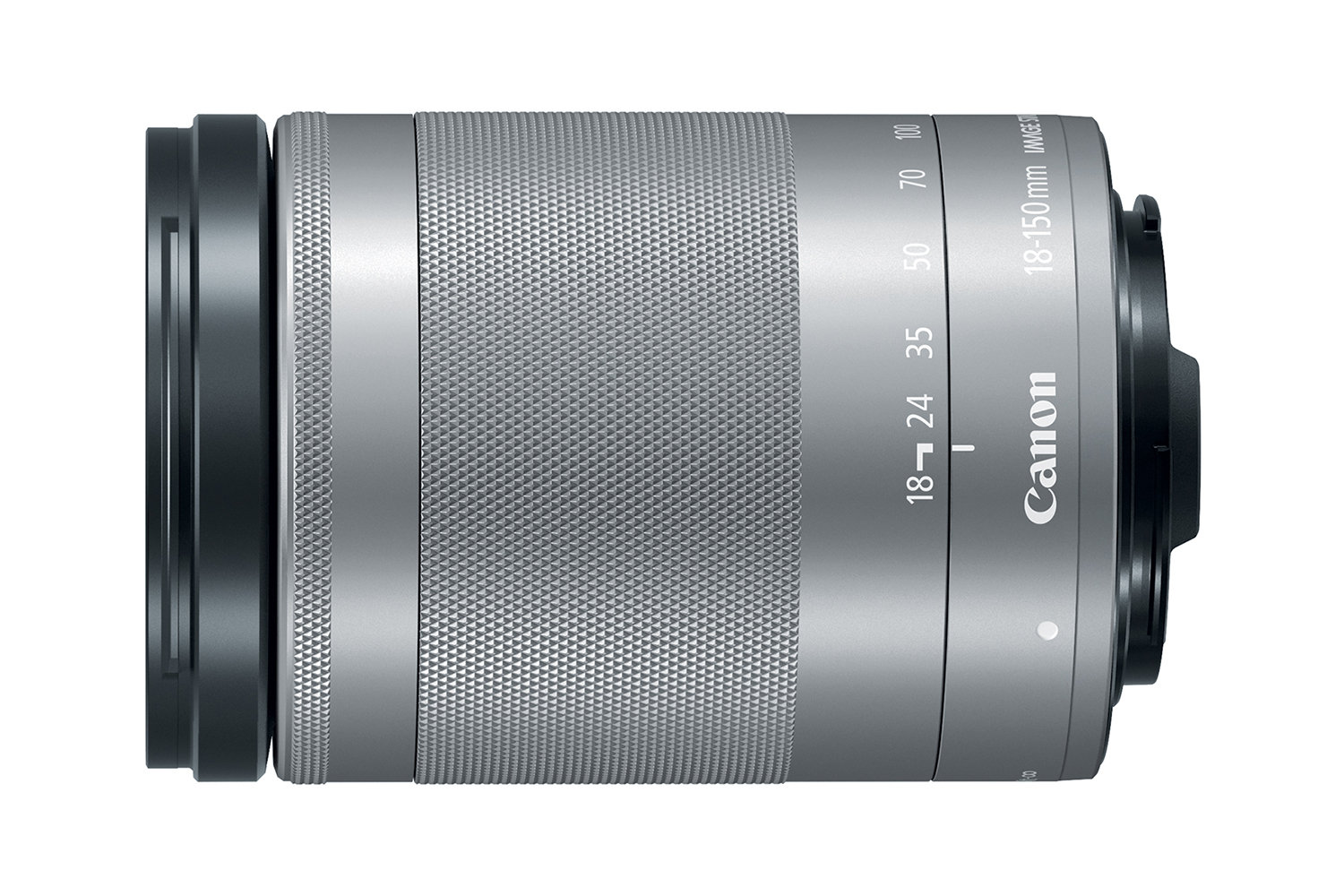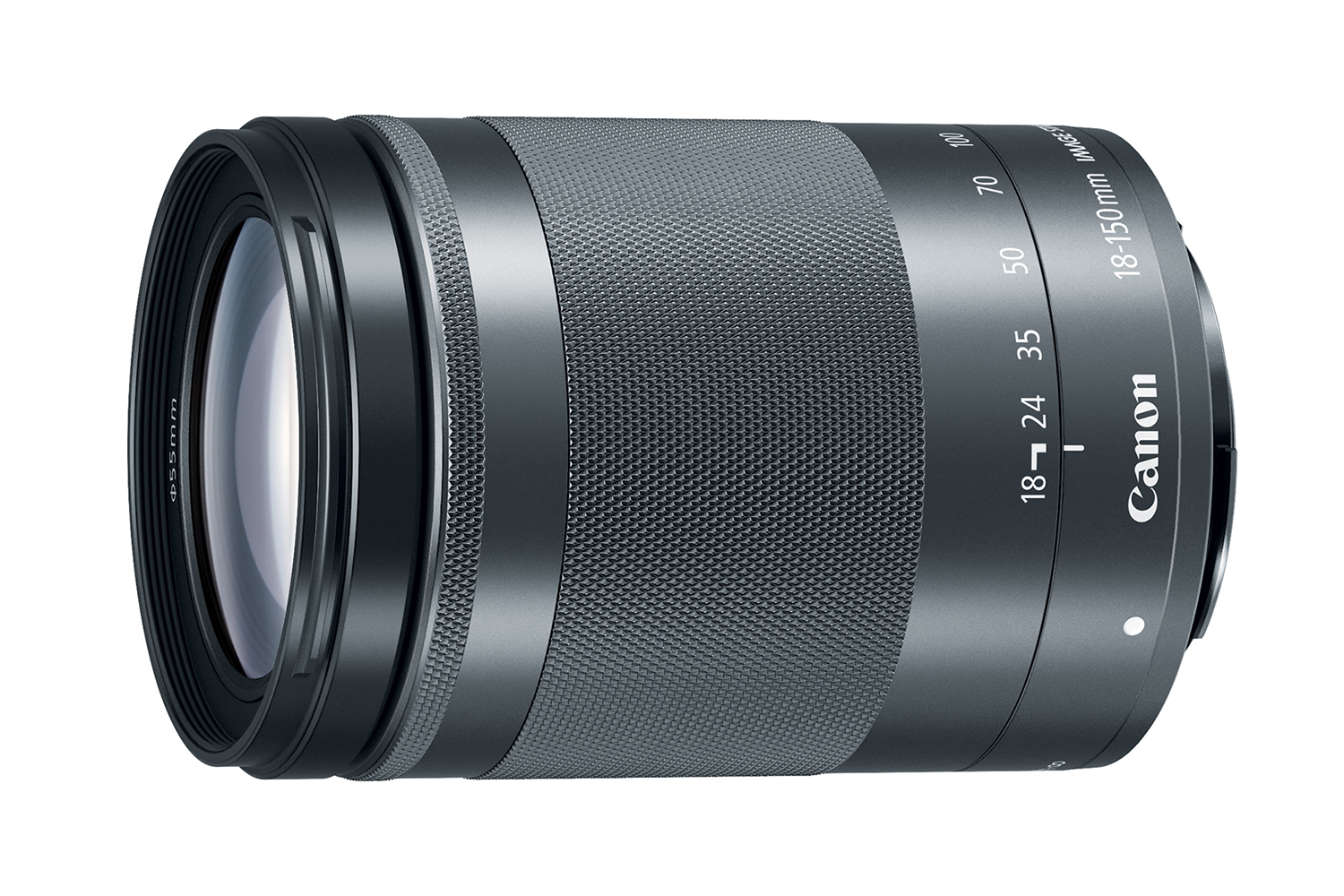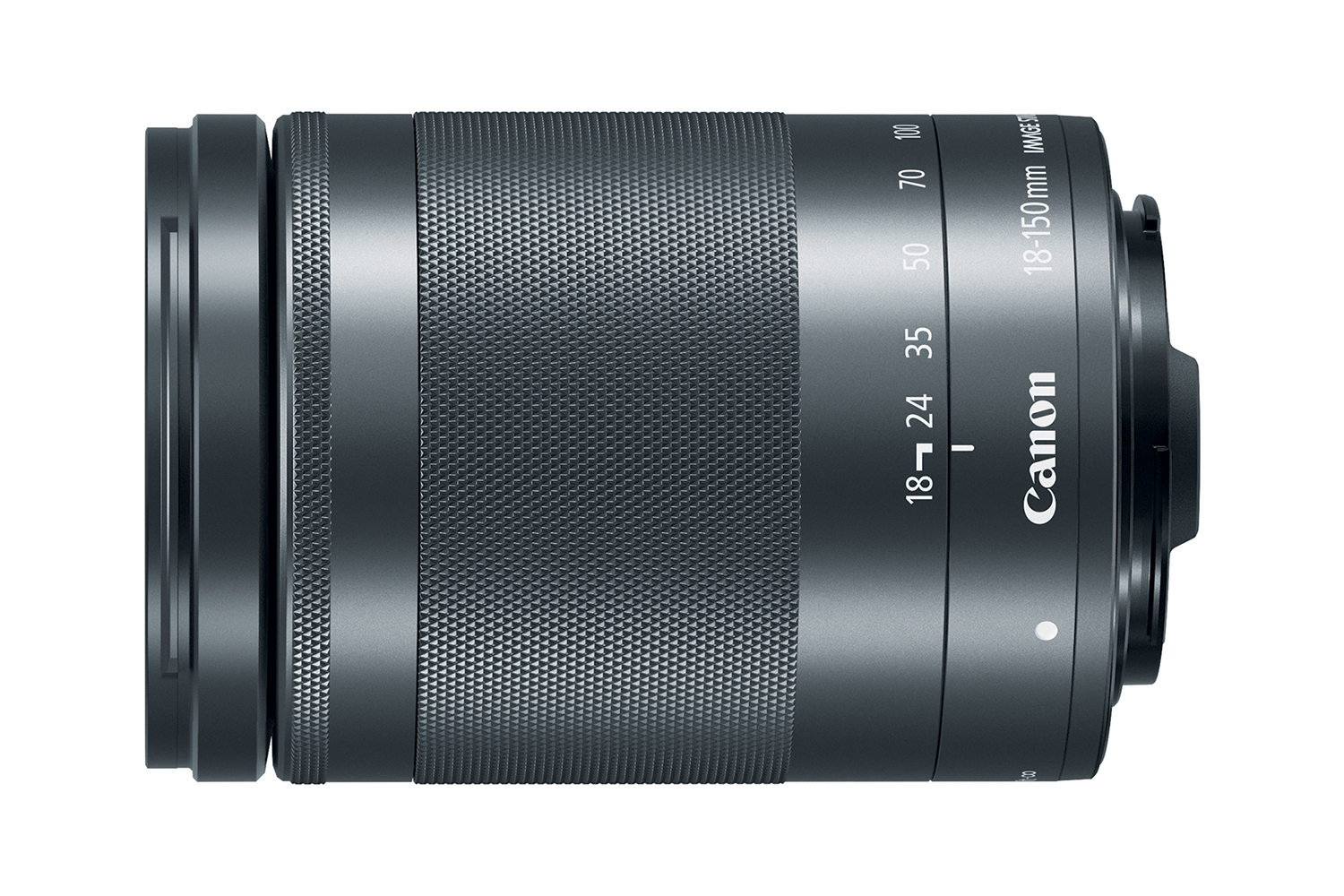Canon’s mirrorless EOS M-series is growing up. Ahead of the Photokina camera show in Germany, the imaging giant announced the EOS M5, a flagship camera that might just pack enough features to finally pique the interest of serious photographers.
The Canon EOS M5 is the scrawnier kid sister to the mid-range EOS 80D DSLR, packing in the same 24.4-megapixel APS-C sensor. But don’t let the size fool you – the M5 actually packs in more speed with a 9-frames-per-second (fps) burst, if the focus is locked at the first frame (7 fps continuous). That speed increase is a result of both the camera’s lack of a mirror and the upgraded Digic 7 processor over the 80D’s Digic 6. Canon says the autofocus is also quick on the M5, using the same dual-pixel technology (Dual Pixel CMOS) found on the 80D and three other Canon DSLRs, including the new EOS 5D Mark IV. As for image quality, Canon says it’s very similar, if not better than the 8oD.
Of course, at nearly half the weight of the 80D, there are a few tradeoffs, including the 295 shot battery life, though that can be upped to 420 in Eco mode. But the M5 is a serious upgrade for the Canon mirrorless line, which has a history of mixed responses. The camera doesn’t replace the budget M10 or the mid-level M3, but offers DLSR-like handling in a smaller package.
A new viewfinder is key to those advanced controls. While electronic, the viewfinder (2.36-million dots) is a welcome addition, with previous M cameras only using an add-on that took up the hot shoe slot and cost an extra $240. Canon says the EVF is sharper and more realistic-looking, and has faster refresh. The M5 also uses two control dials (customizable) at the top that mimic a DSLR, unlike the single dial of the M3. The tilting touchscreen (1.62 million dots), with a hinge-style attachment, doesn’t have the same 180 degree range of motion as the M3, but can flip down 90 degrees (selfies) or tilt 45 degrees for overhead shooting.
While several EF-M lenses include their own stabilization systems, the M5 is Canon’s first to allow dynamic stabilization, combining in-body and in-lens systems. With stabilized lenses, the hybrid system is equivalent to a five-axis stabilization system, Canon said.
The M5 also includes support for Bluetooth low-energy. Since Bluetooth requires less power than a Wi-Fi connection, it means the camera can constantly communicate with a smartphone, without the need to constantly re-pair the connection when you want to share photos.
Canon’s early mirrorless cameras have had mixed responses, with slow autofocus being one of the big complaints; the Dual Pixel CMOS AF certainly ups the game, especially if Canon is going to compete against mirrorless APS-C models from Sony and Fujifilm. The M3 showed promise, but the M5 seems to indicate that Canon is getting serious about their mirrorless line. The M5 also channels its DSLR siblings more than previous M-series models, with a more SLR shape and design.
Along with the new mirrorless body, Canon also introduced the flexible 18-150mm f/3.5-6.3 IS STM lens, an EF-M mount compatible with the entire M-line. The lens is Canon’s first high-powered zoom, with a 29-240mm equivalent. The lens is stabilized, and Canon says it offers quality similar to the EF-S 18-135 f/3.5-5.6 STM lens.
Like other cameras in the M-series, the M5 can use EF lenses with an adapter. That makes the M5 a bit more enticing for current Canon shooters looking for a travel camera or small backup camera to their DSLRs.
The Canon EOS M5 is slated for a November 2016 release, with a preview during the Photokina tradeshow next week. The M5 will sell for $980 (body only), or in two kit lens options: EF-M 15-45mm f/3.5-6.3 IS STM ($1,099) or EF-M 18-150mm f/3.5-6.3 IS STM ($1,479). The new lens is expected out in December, for $500.
Editors' Recommendations
- Canon EOS R5 vs. Sony A7S III vs. Panasonic S1H: Best full-frame for video?
- Canon’s affordable new full-frame mirrorless lenses are exactly what it needed
- Canon EOS R5 is everything the R isn’t, thanks to stabilization, 8K, dual slots
- Eye autofocus arrives on Canon’s selfie-loving mirrorless for beginners
- 32-megapixel Canon EOS 90D and M6 Mark II set new bar for APS-C sensors








